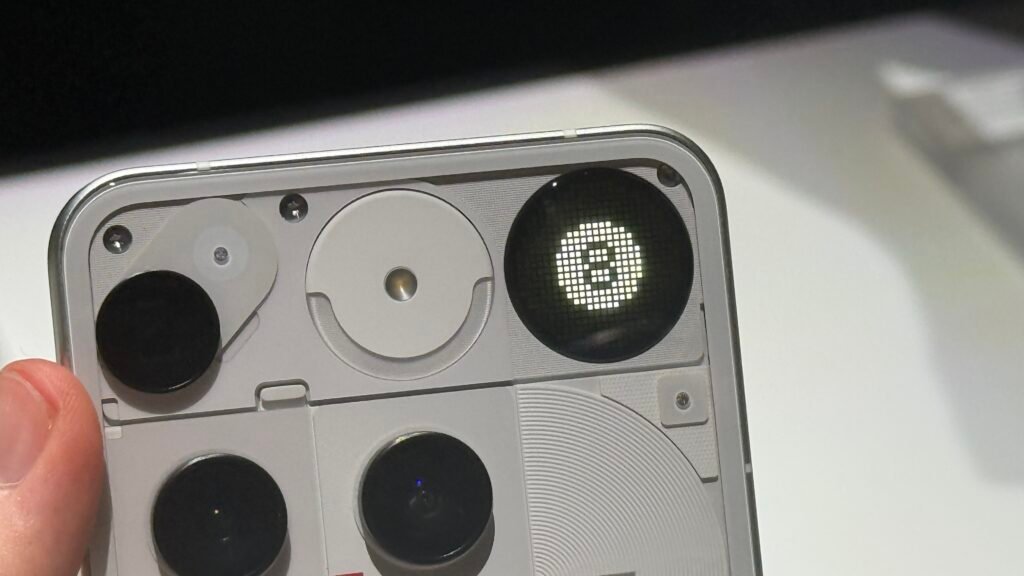A new study says that only 15 of the 129 local car companies currently in China will survive in the coming years
by Brad Anderson
July 7, 2025 at 13:50

- As of 2024, 129 NEV companies were still active in the Chinese automotive market.
- Consulting firm AlixPartners expects only 15 EV brands to be financially viable by 2030.
- Only BYD, Li Auto, and Seres Group are currently profitable in the Chinese EV space.
The electric vehicle boom in China has reshaped the global automotive landscape, but not every player in the field is built to last. While China’s automotive industry has grown into a formidable force, a new report suggests that only a fraction of the country’s EV brands may survive the coming years.
Read: China’s Auto Industry Is A One-Way Street As Exports Boom And Imports Collapse
With hundreds of startups already gone and consolidation gaining momentum, China’s EV market is headed for a major transformation.
Industry Faces Sharp Consolidation
In 2018, it was estimated that over 500 companies in China were developing and planning to build “new energy” vehicles. Many of these companies failed to get off the ground and quickly folded. As of 2024, it’s understood that there were 129 companies selling NEVs in China.
According to consulting firm AlixPartners, just 15 of these are expected to remain financially viable through 2030. While the consultancy firm didn’t name which companies it expects to thrive, these 15 brands could account for roughly 75 percent of China’s total EV and plug-in hybrid market. Some of them have already reached full-year profitability.
According to the head of AlixPartners’ automotive practice in Asia, Stephen Dyer, some local governments may support non-viable companies to protect jobs and economies. As such, consolidation may proceed more slowly across the industry in the coming five years.
Intense Competition and Rapid Innovation

“China is one of the most competitive new energy vehicle markets in the world,” Dyer said. “It is experiencing a fierce price war. Its rapid innovation speed is constantly being refreshed by new forces. Such an environment drives significant breakthroughs in technology and cost efficiency, but it also makes it difficult for many businesses to become sustainably profitable.”
As we reported in March, only three EV brands in China are believed to have achieved profitability. These are BYD, Li Auto, and the Seres Group, which includes the Seres, Aito, and Landian brands. Some other local companies are edging towards profitability, including Zeekr, Xpeng, and Leapmotor.









